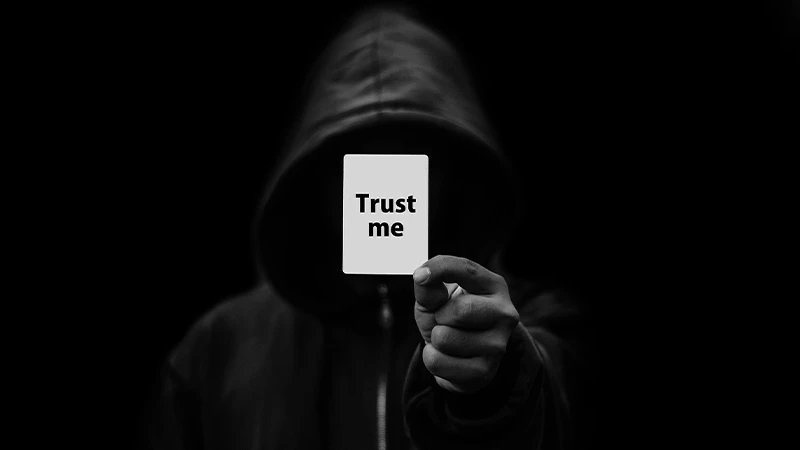In California, the phrase “wrongful conviction” is not just an abstract legal concept — it has become a stark reality for hundreds of people whose lives have been turned upside down by errors in the criminal justice system.
A wrongful conviction occurs when an innocent person is found guilty, serves time behind bars, and only later is cleared by new evidence, judicial review, or prosecutorial reconsideration. As awareness rises, so does the urgency for reform.

The Scope in California & National Context
- Since 1989, over 200 individuals in California have had their convictions overturned for serious crimes such as murder, rape, or other felonies.
- That same body of research estimates that those wrongfully convicted collectively lost more than 1,300 years of freedom, and the financial cost to the state—through incarceration and related legal expenses—has exceeded $129 million.
- At the national level, hundreds of exonerations have illuminated systemic vulnerabilities in law enforcement, prosecution, and defense.
- The National Registry of Exonerations reports that official misconduct (prosecutorial or law enforcement wrongdoing) plays a role in over 54% of wrongful conviction cases.
- Racial and socioeconomic disparities are also stark: in 2023 alone, nearly 84% of exonerees were people of color, and 61% were Black. ([Death Penalty Information Center])
These figures show that wrongful convictions are not one-off anomalies but symptoms of deeper structural problems.
Why Do Wrongful Convictions Happen?
Several recurring causes emerge across cases:
- False or misled evidence and testimony
Witness misidentification, often under stress or in flawed lineup procedures, figures in many wrongful convictions. ([scu.edu][6]) “Snitch” testimony or informants (sometimes incentivized) may be unreliable. - Official misconduct or prosecutorial errors
Withholding exculpatory evidence (exculpatory means favorable to the defendant) or fabricating evidence are among the most serious violations. - Deficient defense representation
Underfunded defense offices, lack of investigative resources, or inexperienced counsel often contribute to wrongful outcomes. - False confessions
In some cases, people admit to crimes they did not commit under pressure, especially when interrogated over long periods without adequate legal counsel. Recent data suggests more than 12% of exonerations listed in the registry involved false confessions.
These factors often overlap. For example, a weak defense may fail to challenge improper police conduct, or a coerced confession may be accepted uncritically by a prosecutor.

Real Stories, Real Consequences
- Maurice Hastings was convicted in 1983 for a 1983 murder in Inglewood and spent 38 years in prison before new DNA evidence led to his release and a formal finding of factual innocence.
- Bruce Lisker was convicted at 17 of killing his adoptive mother and served over 26 years before his conviction was overturned in 2009.
- In Los Angeles, Frank O’Connell was wrongfully convicted and imprisoned for 27 years due to hidden evidence and report fabrication; his case settled for $15 million (about $555,500 per year) — one of the largest per-year wrongful conviction awards in the state’s history.
These are not isolated incidents — they reflect a system in which the stakes are life, liberty, and the credibility of justice itself.
The Compensation & Support Gap
Even when exoneration occurs, the path to a full recovery is fraught:
- California law allows exonerees $140 per day of wrongful incarceration (including time in custody before formal sentencing), and $70 per day for time on parole solely due to the wrongful conviction. ([Innocence Project][12])
- Yet many exonerees receive much less than what would align with federal standards; about 81% of those compensated under state laws get less than the “federal standard” of up to $50,000/year recommended by many advocates. ([Innocence Project][13])
- In 2025, the California courts approved a $25 million settlement in the Maurice Hastings case — the largest wrongful conviction settlement in state history. ([AP News][14])
- Beyond money, exonerees often need support in housing, job training, mental health services, and navigating social reintegration—services that are unevenly provided or underfunded.
Recent Reforms & Ongoing Challenges
California has made some legislative advances:
- In 2023, Governor Gavin Newsom signed SB 97 and SB 78, which amend California’s Penal Code to reduce procedural hurdles for the wrongfully convicted seeking compensation or relief.
- The California Innocence Coalition has also pushed reforms in how lineups are conducted, how DNA testing is accessed, and how exonerees are supported post-release.
However, challenges remain: - Many of California’s 58 counties have no full-time public defense investigators—limiting the ability of defense teams to challenge prosecution evidence.
- The depth and pace of prosecutorial or police reform lag behind the volume of cases needing review.
- Technical and procedural barriers (statutes of limitation, narrow legal definitions, burdens of proof) still block many legitimate claims from being heard.

What Can California Readers Do?
- Support and monitor local Conviction Integrity Units (CIUs) in their county District Attorney’s offices, which review possible wrongful convictions.
- Advocate for adequate funding for public defenders and investigators in all counties.
- Encourage transparency in evidence handling and policing practices, including body cameras, disclosure rules, and oversight.
- Engage with local innocence organizations (e.g. California Innocence Project, Los Angeles Innocence Project) to stay informed, volunteer, or donate.
Conclusion
Wrongful conviction is more than a legal abstraction — it is a human tragedy and structural failure.
In California, the stories of exonerees like Maurice Hastings and Bruce Lisker illustrate how fragile justice can be under pressure.
While reforms are underway, the path ahead demands sustained oversight, funding, and public awareness.
Only then can we move from “justice delayed” to “justice redeemed.”






